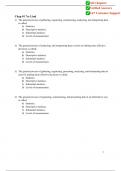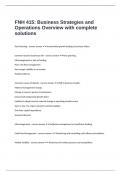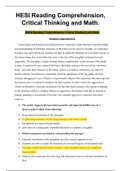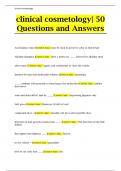Exam (elaborations)
Test Bank for Basic Statistics for Business & Economics, 7th Canadian Edition by Lind
- Course
- Business Statistics
- Institution
- Business Statistics
Test Bank for Basic Statistics for Business & Economics 7ce 7th Canadian Edition by Douglas A. Lind, William G. Marchal, Samuel A. Wathen, Carol Ann Waite, Kevin Murphy. Full Chapters test bank are included - Chapter 1 to 17 CHAPTER 1: What Is Statistics? CHAPTER 2: Describing Data: Frequency T...
[Show more]






